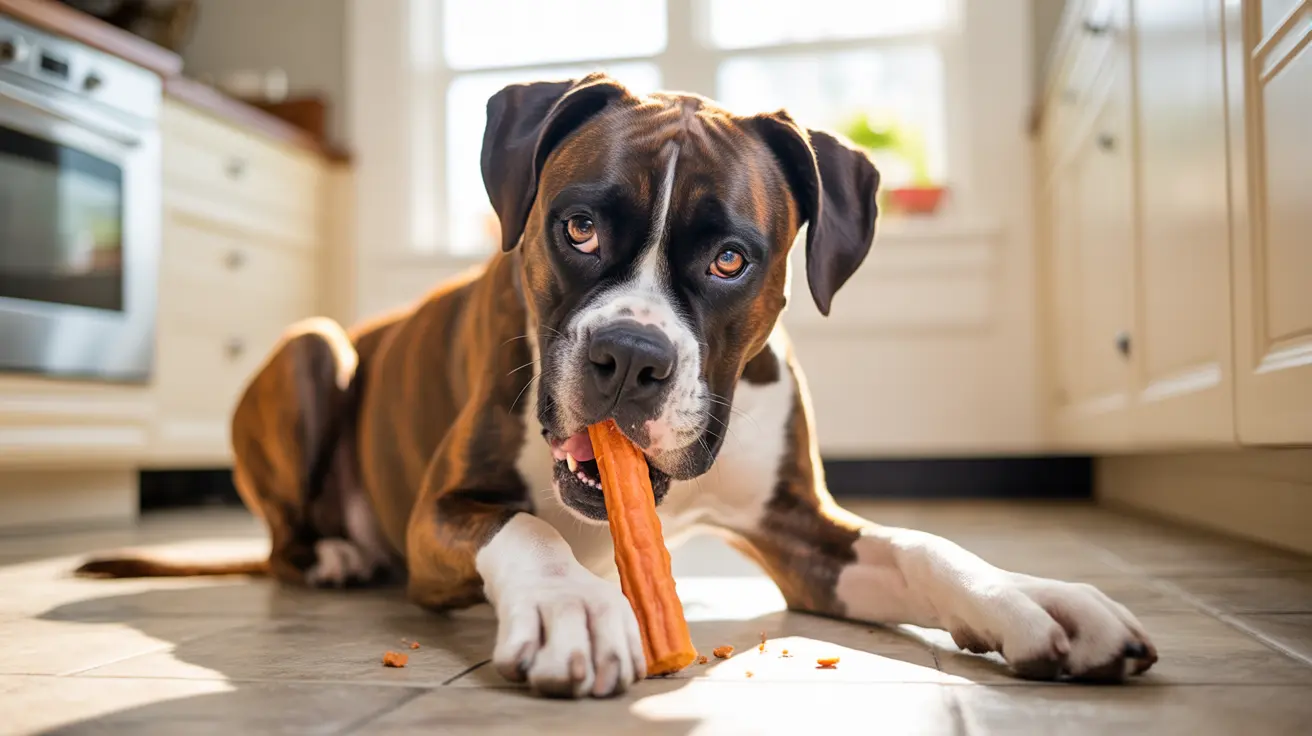Do Dogs Naturally Know How to Mate? Understanding Canine Mating Behavior
While dogs are born with the instinct to reproduce, not all dogs successfully mate without human guidance—especially in domestic settings. This article explores the natural inclinations, physical readiness, and behavioral patterns of dog mating, shedding light on what pet owners should expect and how to support responsible breeding.
Natural Instincts vs. Learned Behavior
Most dogs possess innate behaviors that guide them during mating. These include sniffing, licking, playfulness, and mounting. However, successful mating often requires experience and the correct hormonal and physical conditions.
The Female Reproductive Cycle
Female dogs go into heat, or estrus, twice yearly. This cycle comprises four stages:
- Proestrus: Vulva swelling, bloody discharge, but not receptive to males.
- Estrus: Lighter discharge, female becomes receptive, tail flags to one side.
- Diestrus: End of receptivity, potential start of pregnancy.
- Anestrus: Sexual inactivity until the next cycle.
The most fertile period is usually between days 10–14 of the cycle.
When Males Are Ready to Mate
Male dogs do not cycle but become fertile around six months of age and remain capable of mating year-round. For best results and safety, dogs should mate only when both are physically and emotionally mature, usually after 1–2 years of age.
Courtship and Copulation
Natural mating behavior involves a progression:
- The male detects pheromones and initiates contact.
- Sniffing and licking of the female's genital area occur.
- If the female is receptive, she stands still and flags her tail.
- The male mounts and achieves penetration.
Once penetration is successful, a "tie" or "lock" happens, where both dogs remain physically connected for 10–45 minutes. This is due to the swelling of the male’s bulbus glandis and contraction of the female’s vaginal muscles.
Slip Mating
A tie is common but not essential. Sometimes, ejaculation occurs without a tie, known as slip mating, which can still result in pregnancy.
Signs of Female Readiness
Look for these indicators:
- Swollen vulva
- Changes in discharge color and consistency
- Flagging behavior
- Increased affection and mating acceptance
Veterinary tests like progesterone levels and vaginal cytology can determine optimal mating times.
Complications and Alternatives
Sometimes dogs face challenges during natural mating:
- Size disparities between the dogs
- Breed-related anatomical issues
- Inexperience or anxiety
In such cases, artificial insemination is a viable, often safer alternative, especially for breeds known to have mating or birthing difficulties.
Post-Mating Care and Pregnancy
Pregnancy lasts around 63 days. Early signs may include:
- Swollen mammary glands
- Increased appetite or lethargy
- Abdominal enlargement
However, these symptoms can also occur in false pregnancies. Ultrasound confirmation around week five is recommended.
Responsible Breeding Practices
- Never breed a female during her first heat cycle.
- Allow physical recovery between pregnancies.
- Ensure both dogs are healthy, vaccinated, and temperamentally suited.
Consult a veterinarian prior to mating to conduct health screenings and assess for hereditary conditions.
Preparing for Delivery
As the due date nears:
- Increase the female’s food intake in the third trimester.
- Prepare a clean, stress-free whelping area.
- Maintain regular veterinary monitoring.
Training and Environment
Training and environmental setup can make mating safer and more successful:
- Introduce dogs in a neutral, quiet space.
- Ensure cleanliness of the genital area.
- Allow minimal but supportive intervention.
Accidental Mating
In case of unplanned mating, consult a vet immediately. Options include hormonal treatment or emergency spaying, depending on the scenario.
Conclusion
Although dogs possess innate mating behaviors, successful and safe reproduction is often enhanced by experienced handling, responsible breeding guidelines, and veterinary oversight. Pet owners must ensure all conditions—timing, health, behavior—align to support natural or assisted mating safely and ethically.





